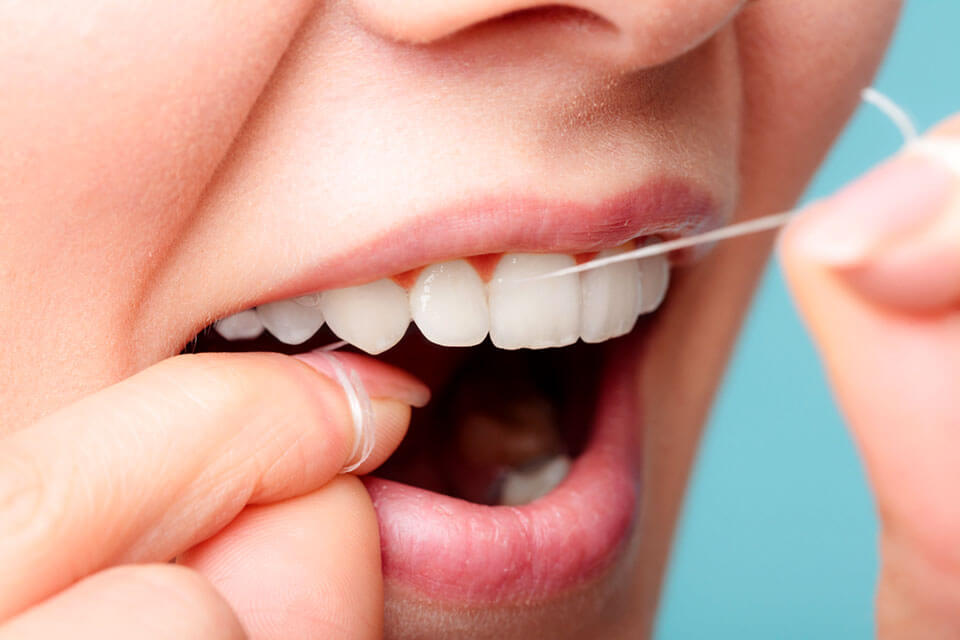Periodontal Treatment
Deep Cleaning, Kent WA
Periodontal Treatment, Kent WA
Depending on the specifics of your case and the severity of the issue, there are numerous treatment options available if you have been diagnosed with gum disease. The least intrusive options, which are non-surgical, are always our first choice. Surgery, however, can be required in more severe circumstances.
Non-Surgical Treatment
The specialized cleaning technique known as “scale and root planing” is the first line of defense against gum disease. During this process, an ultrasonic cleaning tool is utilized to remove plaque and tartar from your teeth in places that conventional cleaning tools can’t: on the tooth, around the root, and under the gum line. The tooth’s rough surface and its root are then smoothed out (planed). This offers a clean, healthy surface that facilitates the gum tissue’s ability to reconnect to the tooth.
Scaling and root planing can be the only remedy you require if you manage your gum disease before it becomes bad. After-care is crucial with any dental procedure, though. You must brush and floss your teeth every day, maintain a healthy diet, abstain from tobacco use, and schedule routine dental examinations if you want to keep your teeth in good condition and prevent future cases of gum disease. If you neglect your teeth even after a successful scaling and root planing, it’s likely that you may get gum disease once more.

Surgical Treatment Options
Several surgical methods are available to prevent serious damage and to restore a beautiful smile if the tissue or bone surrounding your teeth is too damaged to be healed with non-surgical treatment. According to the state of your teeth and gums, we will suggest the technique that is most appropriate. The following is a list of typical periodontal surgery procedures:
- Pocket Depth Reduction
In a mouth that is healthy, the jawbones and gum tissue tightly encircle and support the teeth. These tissues and bones are harmed by periodontal disease, leaving what are known as “pockets” around the teeth. The more space these pockets have, the easier it is for bacteria to gather there, which over time causes more and more damage. Eventually, the tooth either comes out on its own or requires extraction since the supporting structure has deteriorated to that extent. We fold back the gum tissue during pocket reduction treatments (sometimes referred to as “flap surgery”) in order to eliminate the bacteria that are concealed there as well as the built-up tartar and plaque. Any tissue that is too damaged to survive may also be removed. Then, we reattach the healthy tissue using stitches. The gums can reattach to the teeth now that the tooth and root are free of bacteria, plaque, and tartar and the pockets have shrunk. - Regeneration
We can use a regeneration treatment to rebuild these areas when severe gum disease has destroyed the bone and tissue that support the teeth. In the beginning of this procedure, we fold back the gum tissue and clear it of bacteria, plaque, and tartar. Then, depending on your circumstances, we may do a bone transplant to encourage the formation of new bone or we may use a particular protein to encourage the growth of new tissue to restore the areas that the disease has damaged. - Soft-Tissue Graft
Gum recession is a typical sign of gum disease (also called gingival recession). More of the roots become visible when the gums start to recede. This may give the appearance that teeth are longer and increase sensitivity to hot or cold foods and liquids. As bacteria, plaque, and tartar destroy the tooth’s surface and base, it also exposes the tooth to more harm from gum disease. A soft-tissue graft covers the roots and returns the gum line to its normal, healthy position by sewing tissue from the roof of your mouth or another source to the gum area. Additionally, this operation might be done for aesthetic benefits.

